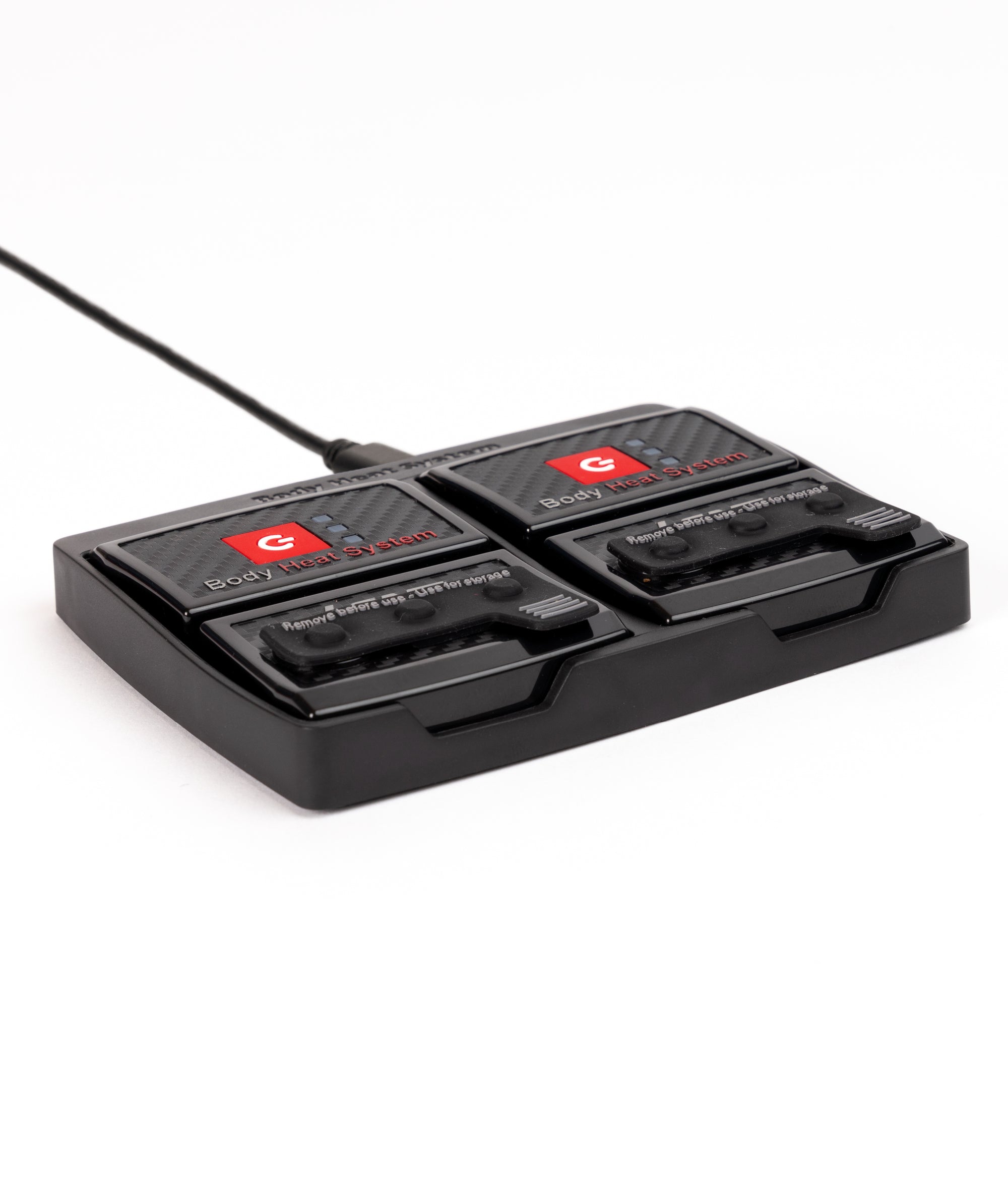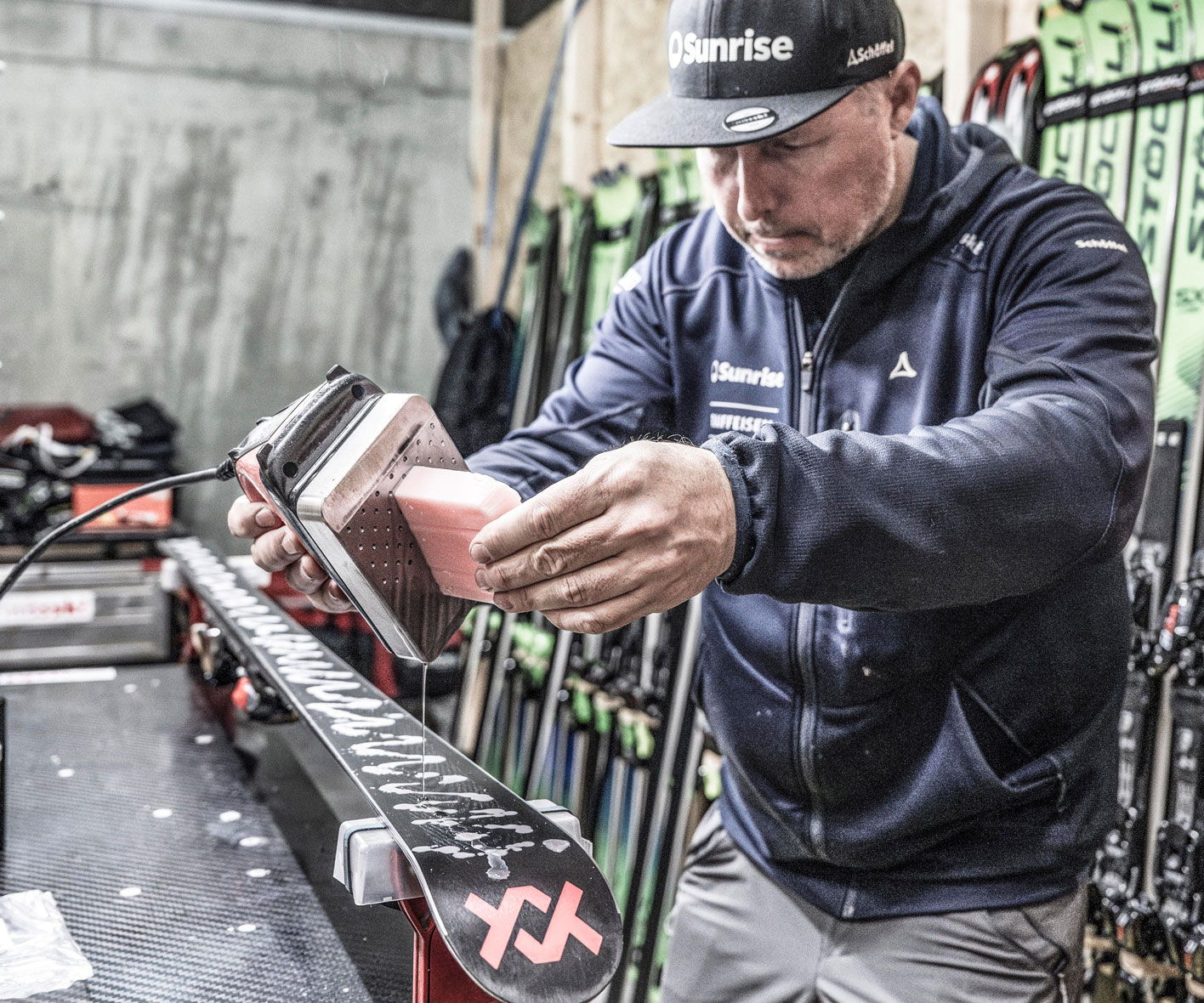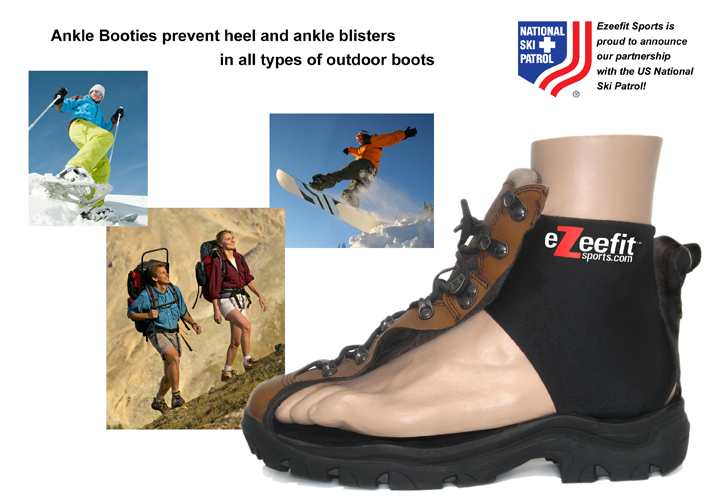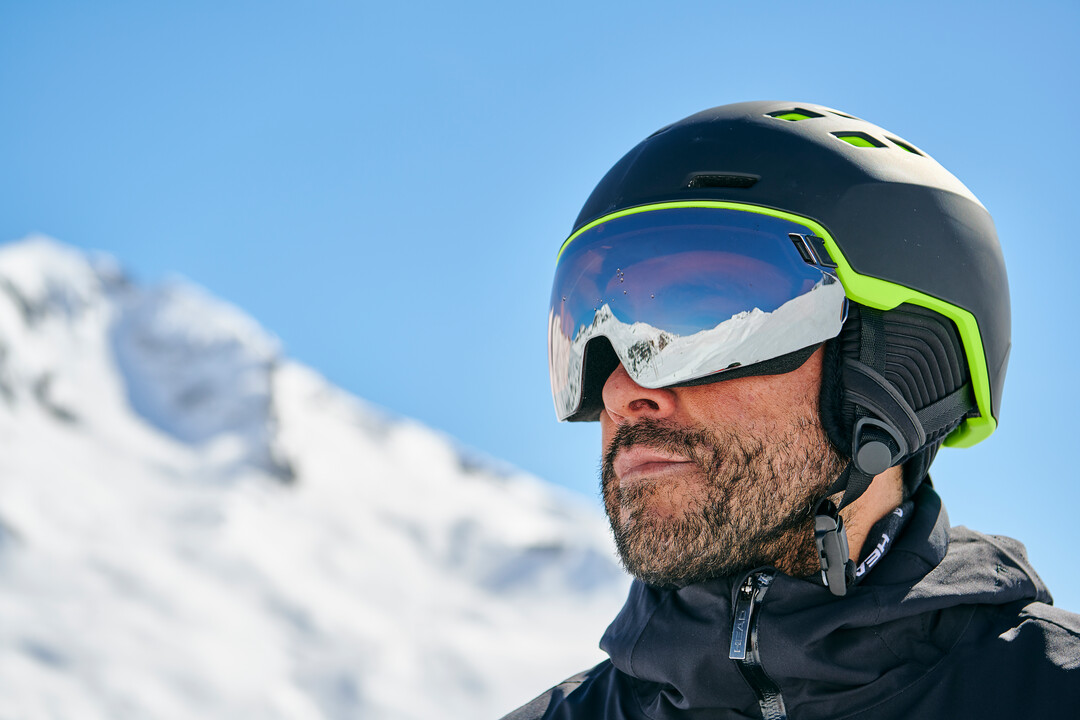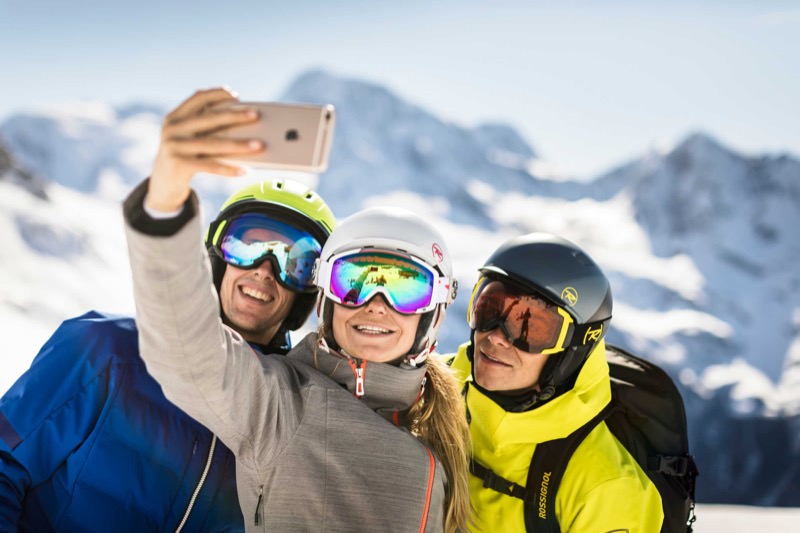
Safety - well protected on the slopes
On average, winter sports enthusiasts change their helmets every five years. This is shown by our experience values. Changing your helmet and goggles is also important because the plastic becomes brittle and fragile over time. However, it is also worth changing in terms of safety, because the systems are being further developed and offer even more safety. The MIPS system, for example, does justice to this. MIPS stands for Multi-directional Impact Protection System. In plain English: It is a system designed to protect against impacts with different directions of movement/force. These different force directions are caused by impacts that hit the helmet at an angle. And this is how the system works: To protect the brain, there is a fluid between the brain and the skull bone. In the event of a blow to the head, the resulting rotational force is reduced by minimal movements of this fluid layer and the force is not transferred to the brain. MIPS is, so to speak, a copy of this layer. For this purpose, a movable second shell is mounted in the outer shell of the helmet. This second shell lies directly on the head. Not all manufacturers are yet incorporating MIPS into their helmets, POC, Giro are pioneers here.
Goggles and visor helmet – one unit with the helmet
Customers like to match helmet and goggles in terms of function and style. Advice on the right goggles is therefore part of buying a helmet. Decisive when choosing goggles is the knowledge about the right tint of the lens, which can pose a safety risk if the wrong choice is made. In this regard, photochromic, i.e. self-tinting lenses that adapt to the ambient brightness and thus always offer good vision, are becoming increasingly popular. Full-face helmets are also becoming more and more popular. These helmets are especially a blessing for spectacle wearers, who had a hard time with a conventional helmet and tight-fitting, separate ski goggles. But not only for spectacle wearers, such helmets also offer an advantage for everyone else: The field of vision under these is usually larger than that of ski goggles and the visors do not fog up as quickly.

